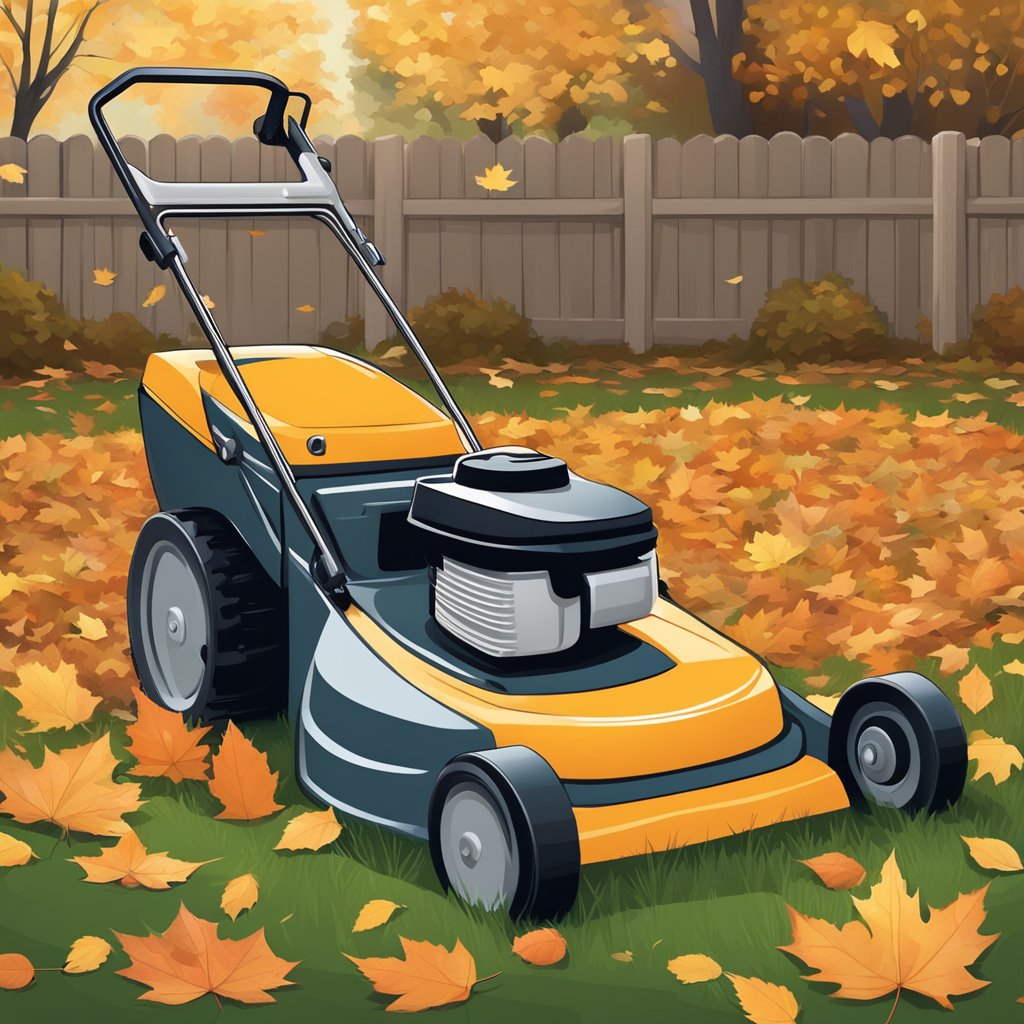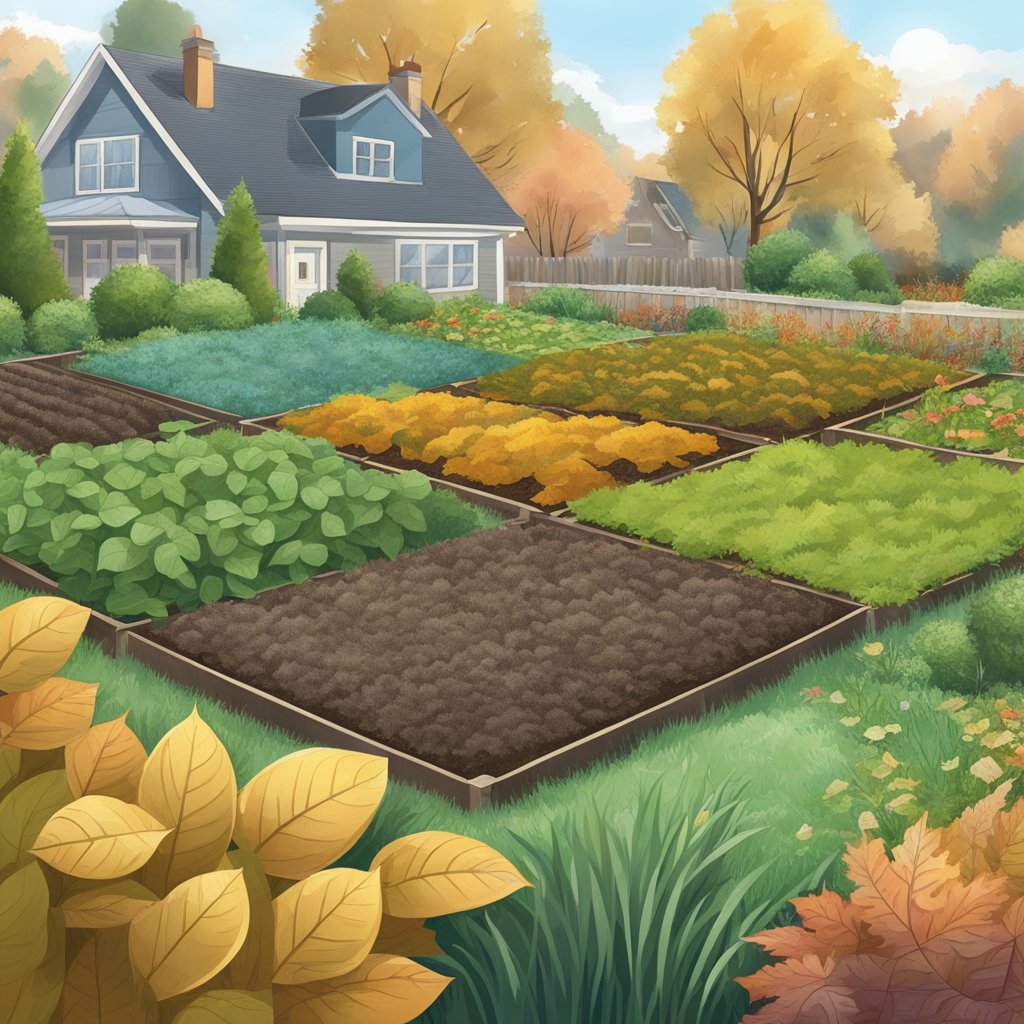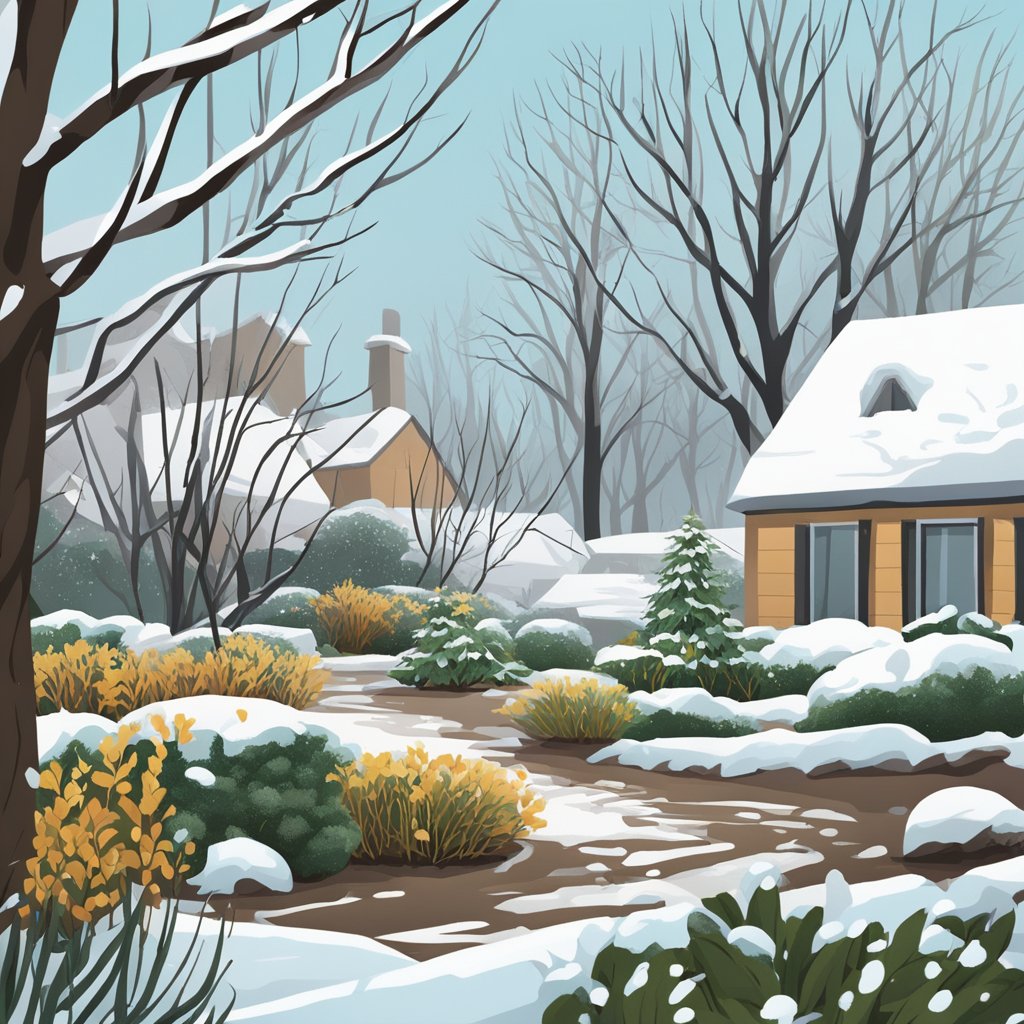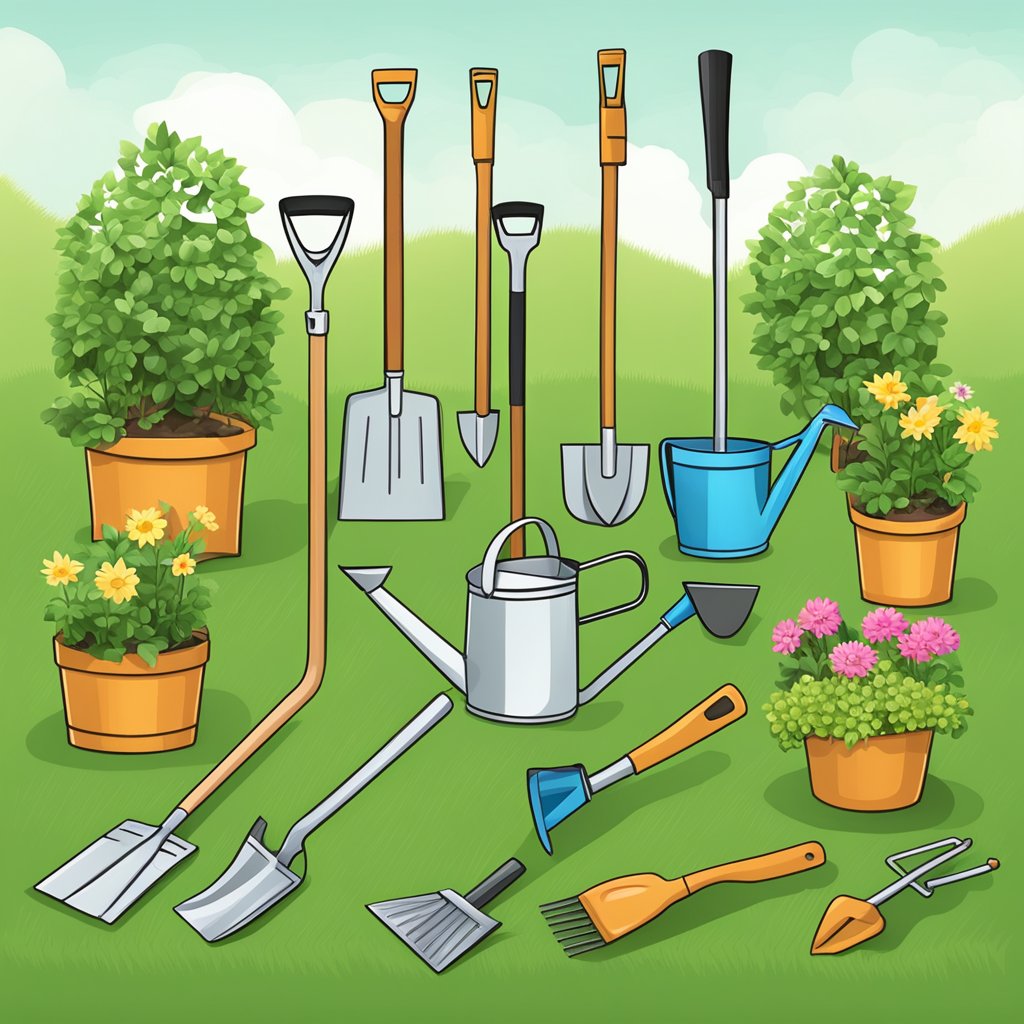Winterizing Your Garden: November Edition
As autumn’s golden hues begin to fade, the importance of winterizing your garden becomes paramount. November marks a crucial period where the shift from the mild fall to the harsher winter season is imminent.
By preparing now, we not only shield our beloved plants from frost and snow but also set the stage for a successful spring bloom. Let’s delve into why each winterizing step matters and offer some practical advice on getting the job done right.
Understanding Your Garden’s Specific Needs
Recognizing plant hardiness zones
Why it’s Important: Different plants thrive in specific climate zones. Knowing your zone ensures you provide the right care.
Actionable Tip: Check the USDA Plant Hardiness Zone Map to identify your area. Label plants according to their zone compatibility.
Identifying which plants are perennials, annuals, or biennials
Why it’s Important: Each plant type has unique winter needs. For instance, annuals complete their life cycle in one year and may not survive winter.
Actionable Tip: Make a plant list and categorize them. This way, you can tailor your care routine efficiently.

The impact of microclimates in your garden
Why it’s Important: Microclimates can make certain garden spots colder or warmer than others, affecting how plants fare.
Actionable Tip: Observe your garden. Notice shaded areas, spots shielded by walls, or depressions that could retain frost. Adjust plant positions if needed.
Lawn Care
Last mow of the season: height adjustments and tips
Why it’s Important: Cutting grass too short can expose it to frost, while leaving it too long might invite pests.
Actionable Tip: Aim for a height of about 2 to 2.5 inches for the final mow.

Fertilizing: Why a late-autumn fertilizer matters
Why it’s Important: Autumn fertilizers strengthen grass roots, enabling them to survive winter and sprout healthily in spring.
Actionable Tip: Apply a slow-release granular fertilizer specially formulated for late autumn.
Clearing leaves and debris to prevent mold and pests
Why it’s Important: Decaying leaves can smother grass and foster mold growth.
Actionable Tip: Use a rake or leaf blower to regularly clear your lawn. Consider mulching leaves to use as a natural fertilizer.
Preparing Garden Beds
Removing spent plants
Why it’s Important: Dead plants can harbor diseases and pests.
Actionable Tip: Clear out dead or dying plants. Compost healthy plant material and dispose of diseased ones.
Mulching for winter: types of mulch and their benefits
Why it’s Important: Mulch acts as an insulator, protecting soil and plant roots from temperature fluctuations.
Actionable Tip: Apply a 2-3 inch layer of organic mulch like straw, leaves, or pine needles around plants.

Amending soil with compost or organic matter
Why it’s Important: Enriching the soil now prepares it for spring planting.
Actionable Tip: Mix compost or well-decomposed manure into your garden beds.
Protecting Perennial Plants
Dividing and transplanting
Why it’s Important: Some perennials benefit from being divided and replanted, ensuring robust growth next year.
Actionable Tip: Identify perennials like daylilies or hostas that have outgrown their space. Divide and replant them in prepared spots.
Proper pruning techniques
Why it’s Important: Pruning removes dead growth and shapes the plant, preventing potential winter damage.
Actionable Tip: Research each plant’s pruning needs. As a rule, prune after the plant has finished flowering.

Applying mulch or frost cloths for protection
Why it’s Important: External protection further shields vulnerable plants from harsh conditions.
Actionable Tip: After the first frost, add an extra layer of mulch around the base. For extremely cold nights, drape plants with frost cloths.
Caring for Trees and Shrubs
Watering deeply before the first freeze
Why it’s Important: Hydrated trees and shrubs are more resistant to freezing temperatures.
Actionable Tip: Slowly water the base of trees and shrubs, ensuring moisture reaches deep roots.

Wrapping young trees or those with thin bark
Why it’s Important: Wrapping prevents sunscald and frost cracks.
Actionable Tip: Use a commercial tree wrap or burlap to wrap trunks. Start from the base and move upwards, overlapping as you go.
Pruning guidelines: when and what to trim
Why it’s Important: Late fall is often the best time to prune many trees and shrubs because they’re dormant.
Actionable Tip: Remove dead or weak branches. Always make clean cuts and avoid tearing the bark.
Winterizing Container Gardens
Choosing containers that withstand frost
Why it’s Important: Some pots can crack or break in freezing temperatures.
Actionable Tip: Opt for frost-resistant materials like wood, metal, or thick plastic.
Moving sensitive plants indoors
Why it’s Important: Many container plants are not hardy enough to survive winter outside.
Actionable Tip: Relocate pots to a sunny indoors spot. Ensure they have proper drainage and monitor watering.

Providing insulation for outdoor containers
Why it’s Important: Insulation helps protect the roots of plants left outside.
Actionable Tip: Wrap pots with burlap or bubble wrap, or bury them in mulch for added protection.
Tool Care
Cleaning and sharpening tools
Why it’s Important: Clean tools work better and last longer, reducing the risk of transmitting diseases between plants.
Actionable Tip: Clean off dirt and sap after each use. Sharpen blades with a sharpening stone or file.

Proper storage techniques to prevent rust and wear
Why it’s Important: Stored tools are ready for spring use and are less prone to damage.
Actionable Tip: Hang tools or store them off the ground. Wipe metal parts with an oily rag (vegetable oil or motor oil) to prevent rust.
Taking inventory: noting tools that need replacement or repair
Why it’s Important: Come spring, you don’t want to be caught off guard with broken tools.
Actionable Tip: Check tools for signs of wear. Make a list of those needing repair or replacement.
Preparing Water Features
Cleaning and emptying small water features
Why it’s Important: Stagnant water can breed pests, and frozen water can damage structures.
Actionable Tip: Drain smaller water features or fountains. Store them indoors if possible.
Protecting fish in ponds
Why it’s Important: Fish can suffer if a pond freezes solid.
Actionable Tip: Install a pond heater or ensure there’s a hole in the ice for gas exchange.
Preparing pumps and filters for winter storage
Why it’s Important: Winter can damage the delicate mechanisms of pumps and filters.
Actionable Tip: Disconnect, clean, and store these components in a dry place.
Garden Structures and Decor
Checking and repairing fences, trellises, and gates
Why it’s Important: Winter storms can exacerbate existing damage.
Actionable Tip: Walk around your garden, tightening loose screws and replacing broken components.

Cleaning and storing or covering garden furniture
Why it’s Important: Prolonged exposure to winter conditions can weaken or ruin garden furniture.
Actionable Tip: Wipe down furniture and store indoors, or cover with durable, waterproof covers.
Taking down wind chimes or other decor that might be damaged by winter storms
Why it’s Important: Delicate decor can break in strong winds or heavy snow.
Actionable Tip: Store these items in a safe, dry place until spring.
Conclusion
With the onset of winter’s chill, the labor of love we invest in our gardens doesn’t cease; it merely changes. By attending to these winterizing tasks, you safeguard your green sanctuary and pave the way for a vibrant and vivacious spring.
As you sip on your hot cocoa, peering out at the snowy landscape, you’ll relish the peace of mind that comes from a garden well-prepared.
Let Us Know How We’re Doing!
Did this expertly prepared resource answer your question?
Do you have another question about home maintenance, home improvement projects, home appliance repair, or something else?
Get more information, send in questions and keep the discussion going by contacting the I’ll Just Fix It Myself company customer service team at at 1-800-928-1490 or Email us at [email protected]
